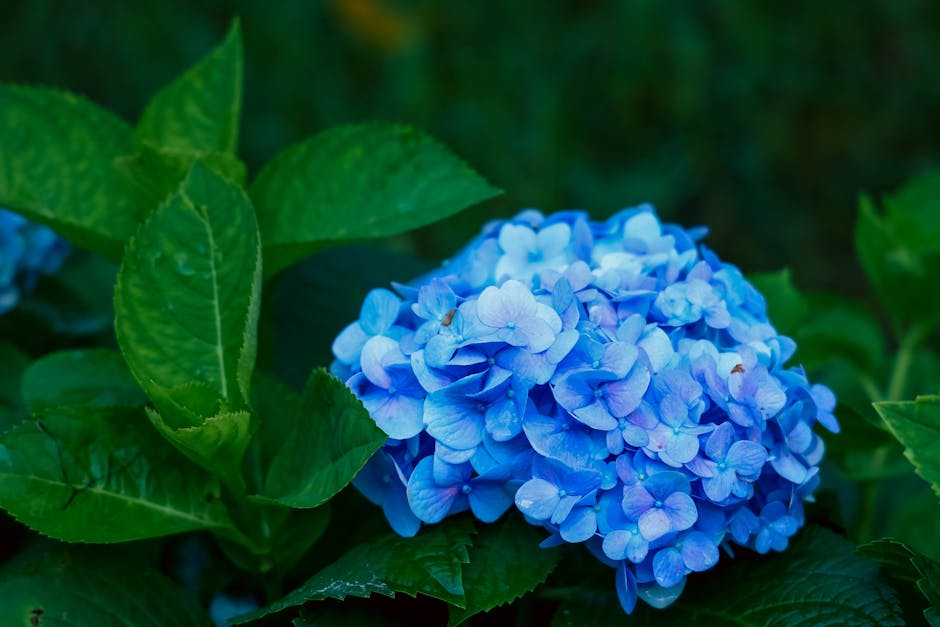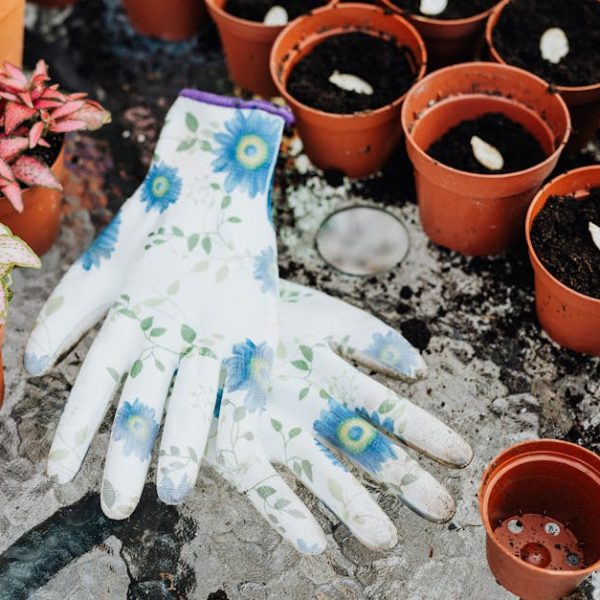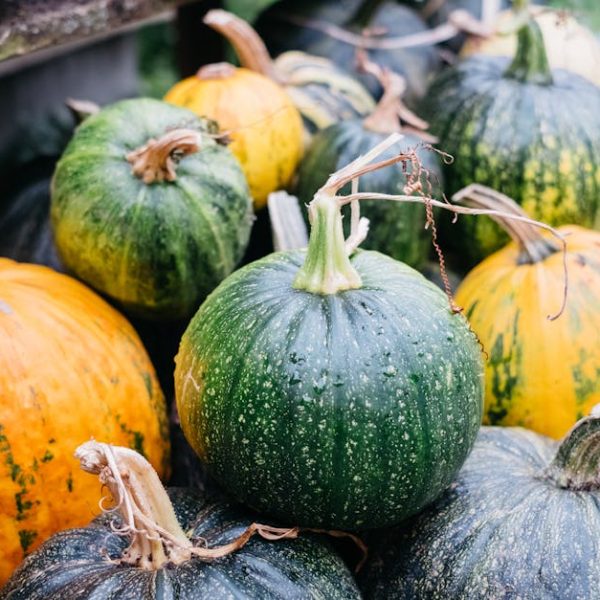Blueberries are not only deliciously appealing, but also a superfood packed with numerous health benefits. Home-grown blueberries can add a personal touch to your culinary preparations, and rewarding, allowing you to truly appreciate the fruits of your labor. This article will give you tips and tricks to grow, plant, and care for your blueberry plants at home, ensuring a plentiful yield of this delightful fruit.
Selecting Ideal Varieties for Your Location
Selecting a suitable blueberry variety bases on your geographical location can greatly influence your success in blueberry gardening. Different varieties thrive in different climates; some require chilling winters, while others perform well in mild winters. Popular types include the Northern Highbush, Southern Highbush, and Rabbiteye. While Northern Highbush is perfect for regions with cooler climates, Southern Highbush and Rabbiteye are well-suited for warmer regions.
However, choosing a variety can be a balancing act. For instance, while some varieties like the Northern Highbush can produce incredibly sweet berries, they may demand more attention and care.
Understanding the Soil Requirements
Like all plants, blueberries have their own soil preferences. They flourish in acidic soil with a pH level between 4.5 and 5.5 and require well-draining soil to prevent water-logging.
Pro Tip: You can use a home testing kit to ascertain your soil’s pH level.
Improving your garden soil for blueberries may involve:
– Testing your soil’s pH levels.
– Adjusting soil pH to the required acidic level with the help of substances like elemental sulfur.
– Ensuring appropriate drainage for the soil.
– Integrating organic matter like compost or pine bark to enhance soil structure for better root growth.
Planting Techniques for Blueberries
Planting blueberries is an art, which encompasses choosing the right time, ensuring proper plant spacing, and achieving the correct planting depth. Early spring is the ideal planting time for bare-root and potted blueberries.
Some recommended best practices for planting blueberries include:
– Digging a hole that is twice as wide and the same depth as the root ball.
– Positioning the plant such that the top of the root ball is level with the surface of the soil.
– Ensuring a gap of at least 4-6ft between plants for better air circulation and sunlight penetration.
– Watering the plant immediately after planting.
– Applying a thick layer of mulch around the plant to conserve moisture and control weeds.
If you’re considering growing blueberries in pots, ensure you use a large pot with drainage holes and a mix of ericaceous compost and loamy soil. The advantage of pot cultivation is it allows better control over soil composition and pH. However, diligent watering and feeding are crucial due to restricted root space.
Blueberry Care: Watering, Pruning, and Fertilizing
Blueberry plants need regular care for optimal yield. Watering, pruning, and fertilizing play critical roles in maintaining the health of your blueberry plants.
Pro Tip: Watering should be deep and thorough, especially during dryer periods, ensuring the moisture reaches the root zone. The soil should be consistently moist but not waterlogged. Observing the color of the leaves can help ascertain the hydration status of your plants. Yellow or red leaves may be indicative of underwatering.
Regarding pruning, resist the temptation during the first couple of years as this allows the plant to establish well before undergoing stress from pruning. After this period, it’s best to prune during late winter while the plants are dormant. This involves removing dead, weak, or non-fruiting branches to promote the growth of healthy new shoots.
Fertilization is another crucial aspect of blueberry care. You can use a slow-release, all-purpose fertilizer that is specially formulated for acid-loving plants. However, do not fertilize immediately after planting; wait until new growth appears.
Items needed for proper blueberry care include:
– A watering can or hose
– Hand pruners
– A slow-release, all-purpose fertilizer
Preventing Diseases and Pest Infestations
Both diseases and pests can pose threats to the health and productivity of your blueberry plants. Common threats include fungal diseases like leaf spots and fruit rots, as well as pests such as aphids and fruit worms.
Natural prevention and treatment methods can be used to mitigate these challenges:
– Regularly inspect your plants for any signs of diseases or pests.
– Use organic compost for healthy soil and disease resistance.
– Apply natural pesticides, like neem oil or insecticidal soap, to control pest populations.
– Remove any diseased or infested plant parts to prevent the spread.
– Encourage beneficial insects and birds in your garden, acting as natural pest controllers.
The benefits of growing your blueberry plants can be rewarding in countless ways. From enhancing your gardening skills to bringing health and culinary wonders, blueberries are indeed a smart choice for your home garden. Your patience and persistent care will certainly pay off with bountiful harvests of this delicious superfruit!
Key Takeaway:
- The geographic location significantly influences the choice of blueberry plant variety due to varying climate needs.
- Blueberries thrive in acidic, well-drained soil, and home testing kits can be handy to test soil pH levels.
- Proper planting techniques, including right timing, accurate plant spacing and depth are crucial for blueberry growth.
- Regular care of blueberries involving adequate watering, appropriate pruning, and fertilization significantly impacts their health and productivity.
- Natural prevention and treatment methods can be used to counter diseases and pest infestations threatening blueberry plants.
Maintaining a blueberry garden can be a fruitful pastime, resulting in self-reliance, health benefits, improved cooking skills, and an appreciation for home-grown produce. Remember, every effort you put into caring for your plants contributes to the delightful yield of delicious blueberries!
FAQs
Q: Can blueberries grow in all kinds of climate?
A: Blueberries can adapt to various climates; however, some varieties are more suited to specific conditions. Therefore, it’s crucial to choose the right blueberry plant for your region.
Q: Can I grow blueberries in a pot?
A: Yes, blueberries can be grown in pots. This method allows you greater control over soil conditions, but you need to ensure diligent watering and feeding due to restricted root space.
Q: How much space do I need between blueberry plants while planting?
A: Proper spacing is necessary for good air circulation and sunlight penetration. Leave a gap of at least 4-6ft between blueberry plants during planting.
Q: Can I fertilize my blueberry plants right after planting?
A: It’s best not to fertilize immediately after planting blueberries. Wait until new growth appears before fertilizing.
Q: How can I protect my blueberry plants from diseases and pests?
A: Regular inspection, using organic compost, applying natural pesticides, and encouraging beneficial insects and birds in your garden are some practical ways to protect your blueberry plants.
Explore more posts on our website to have in-depth knowledge about gardening and share this article with your fellow gardening enthusiasts.






